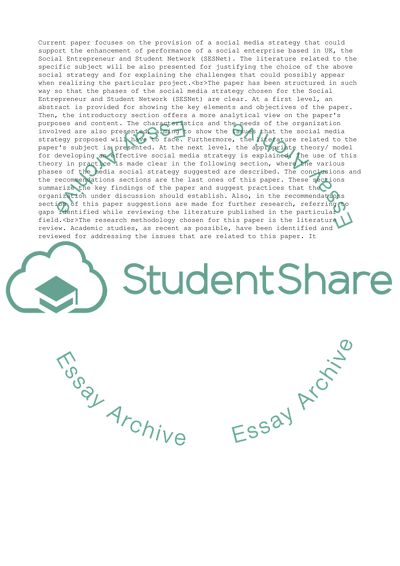Cite this document
(“Online Social Entrepreneurship Essay Example | Topics and Well Written Essays - 3500 words”, n.d.)
Retrieved from https://studentshare.org/business/1615763-online-social-entrepreneurship
Retrieved from https://studentshare.org/business/1615763-online-social-entrepreneurship
(Online Social Entrepreneurship Essay Example | Topics and Well Written Essays - 3500 Words)
https://studentshare.org/business/1615763-online-social-entrepreneurship.
https://studentshare.org/business/1615763-online-social-entrepreneurship.
“Online Social Entrepreneurship Essay Example | Topics and Well Written Essays - 3500 Words”, n.d. https://studentshare.org/business/1615763-online-social-entrepreneurship.


